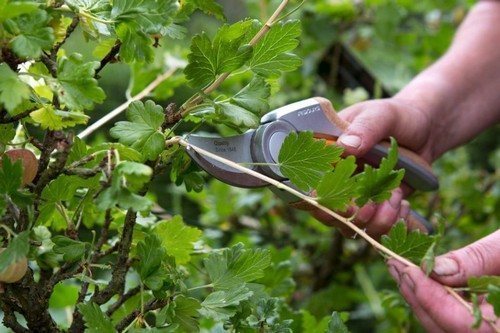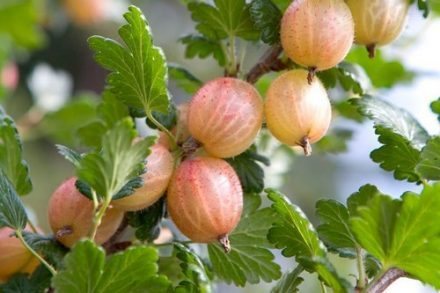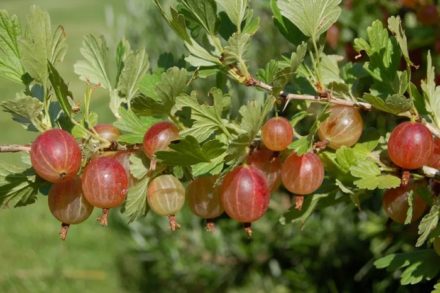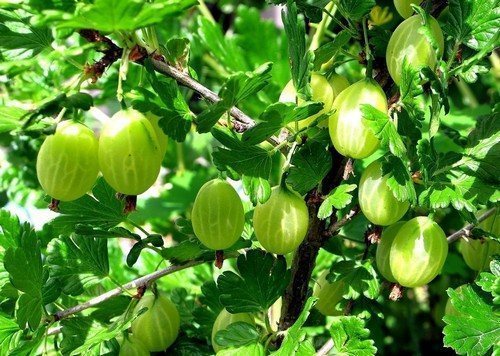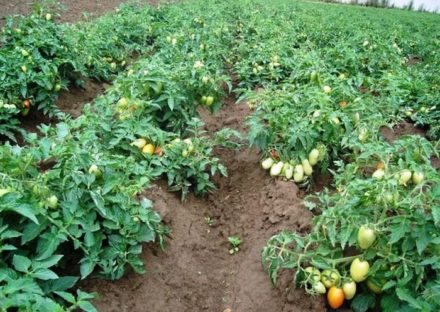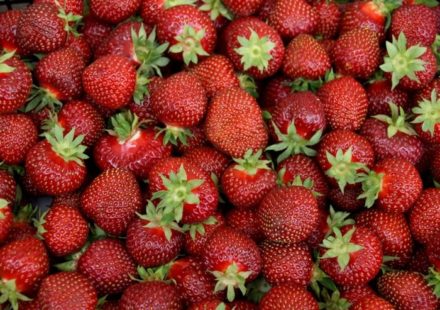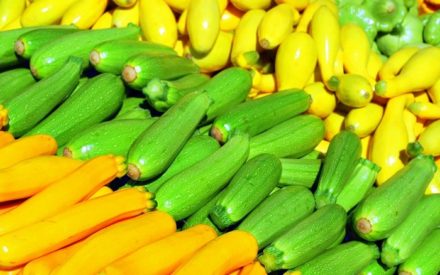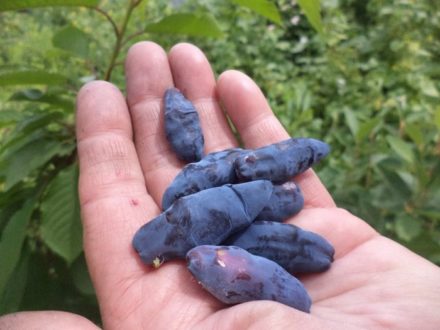Gooseberries are a crop rich in vitamins, but the taste of the berries sometimes leaves much to be desired. Sour fruits are only suitable for processing. Thanks to the efforts of breeders, varieties are constantly being improved. Today, gardeners have the opportunity to grow sweet varieties of gooseberries. We present the five most popular varieties.
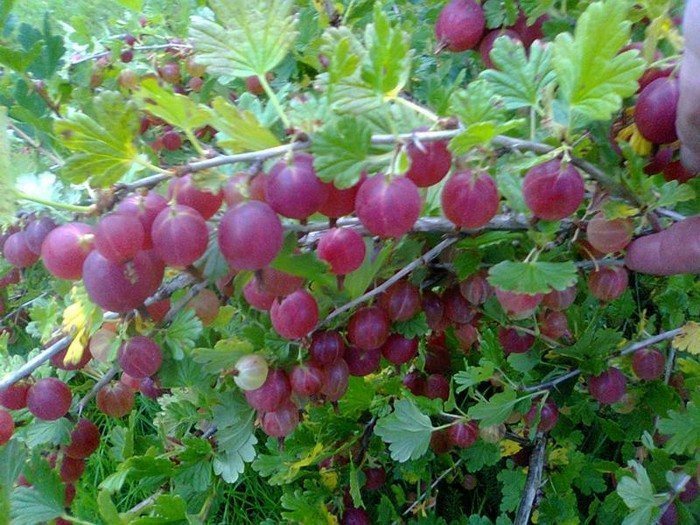
"Ural pink"
Gooseberry variety with large berries of rich pink color. The variety is characterized by high winter hardiness and abundant fruiting. One bush gives a yield of up to 10 kg (in optimal conditions).
Gooseberries belong to the group of mid-late self-fertile varieties. It does not require pollination. The fruits reach a weight of 7 g. The pulp is juicy, sweet, tasty. The crop tolerates transportation well. The variety shows high resistance to fungal diseases.
The fruits have a universal purpose; they can be eaten fresh, used to make jam and compote, or frozen. When planting “Ural Pink”, it is important to know that it is demanding on the composition of the soil and the level of lighting.
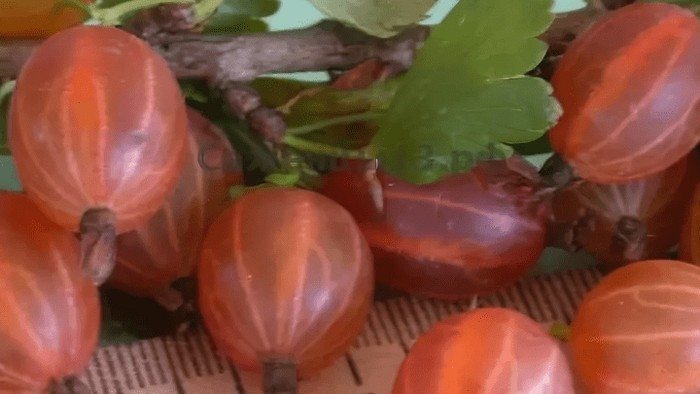
"Krasnoslavyansky"
One of the best dessert varieties. “Krasnoslavyansky” is characterized by high winter hardiness, produces abundant harvests, and has a strong immune system that protects it from diseases. The variety is undemanding to care. Disadvantages include a large number of thorns on the shoots and a tendency to shed berries.
The fruits of this gooseberry are large - weighing up to 7 g. After ripening, the berries become dark red. The pulp is aromatic, sweet, with a slight sourness. There is dense pubescence on the top of the gooseberry.
"Krasnoslavyansky" refers to mid-season varieties. The harvest ripens at the end of July. The shrub reaches its maximum productivity at the age of six. 6-8 kg of berries are harvested from one bush. The skin of the fruit is thin, so it is better to collect them unripe if there is a long transportation ahead.
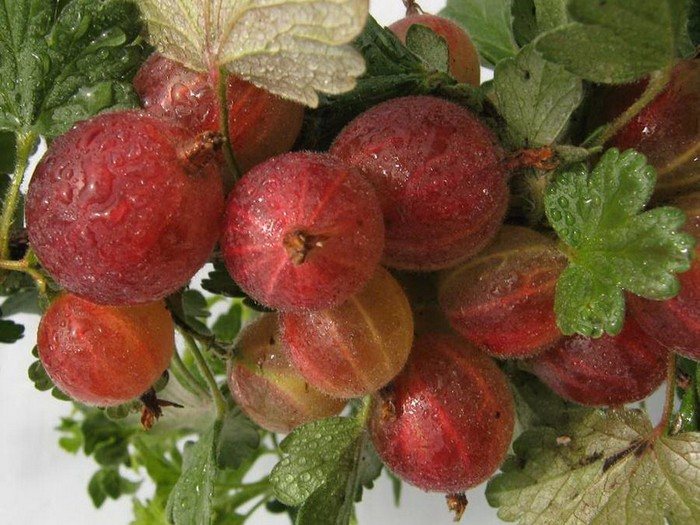
"Candy"
A variety of Ural selection that has collected many positive reviews. “Candy” is distinguished by its late ripening period. The bush is medium in size, the shoots are located vertically, there are few thorns. The maximum weight of the berries is 6 g. The fruits are round-oval in shape, pink in color, and slightly pubescent.
Tasters compare the taste of the pulp to nectar. The universal purpose of the fruits allows them to be used for making compotes, jam, and marmalade. The berries are tasty at any stage of ripeness. If agricultural practices are followed, one bush produces up to 6.5 kg of berries.
Productivity also depends on the growing area. Gooseberries bear fruit best in temperate climates. "Candy" does not require pollination. The fruits are not prone to shedding when fully ripe. Among the disadvantages of the variety are weak resistance to some diseases and pests, and demanding soil composition.
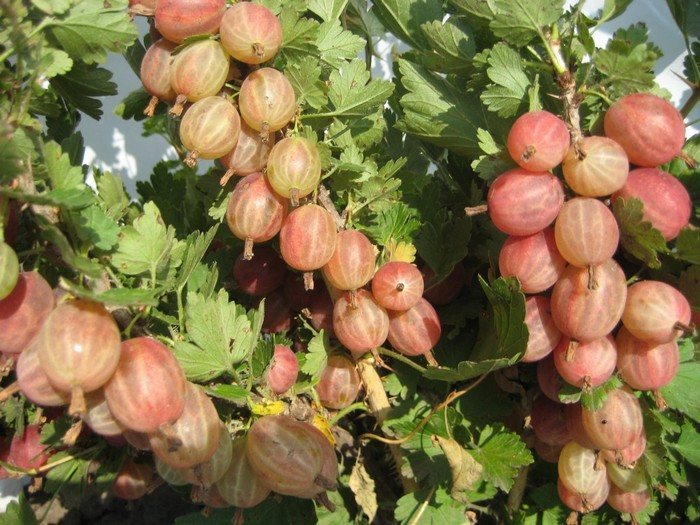
"Beryl"
The advantages of the variety include high yield, large fruit, and resistance to powdery mildew. The bushes are compact, up to 1 m high.There are few thorns; they are present only in the lower part of the shoots. At the ripening stage, fruits weighing up to 9 g remain green. The berries taste sweet, with a slight sourness.
The shape of the fruit is round, the skin is thin. The harvest ripens early, in mid-July.
The variety is winter-hardy, withstands temperatures down to -35 °C. An adult bush is capable of producing a harvest of up to 9 kg. The berries tolerate transportation and long-term storage well.
The variety is resistant to typical fungal diseases. Beryl belongs to the self-fertile group (does not require pollination), is unpretentious in care, and is characterized by stable fruiting in any weather. The berries can be eaten fresh and used to make jam, jam, jelly, compote, and wine.
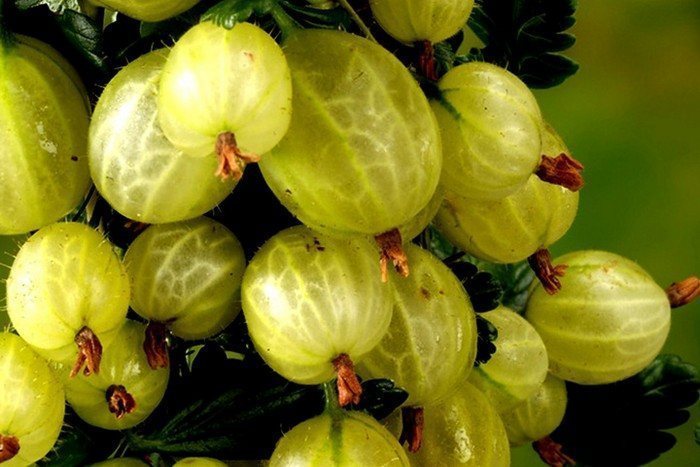
"Cooperator"
The obvious advantages of “Cooperator” are large fruit, productivity, and increased winter hardiness. The mid-late variety of the Ural selection is intended for cultivation in central Russia and the northern regions. An adult bush reaches a height of 1.2 m, while it looks compact due to vertically located shoots.
The branches are covered with rare single thorns. Large berries reach a weight of 7-8 g, covered with dark burgundy skin on top. The taste of the pulp is pleasant, sweet and sour. “Cooperator” belongs to the group of mid-late varieties.
Under suitable conditions, the bush can produce up to 8 kg of berries. The variety is resistant to powdery mildew and sawfly attacks. Gooseberries are not afraid of drought and heat, and do not require pollinators. The harvest is well stored and can be easily transported. The fruits can be consumed fresh and processed.
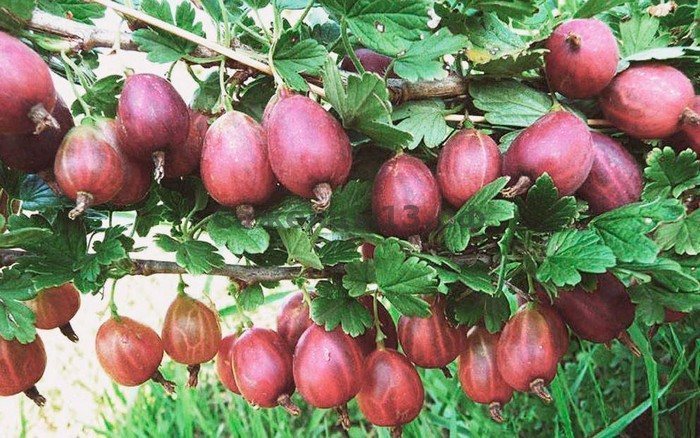
In order for the selected gooseberry variety to meet expectations, it is necessary to choose a well-lit planting site for the seedlings. The soil should be moderately moist, not prone to stagnation of water, with neutral acidity. Clay soil is improved by adding sand. The planting pit is filled with rotted manure and mineral fertilizers.


